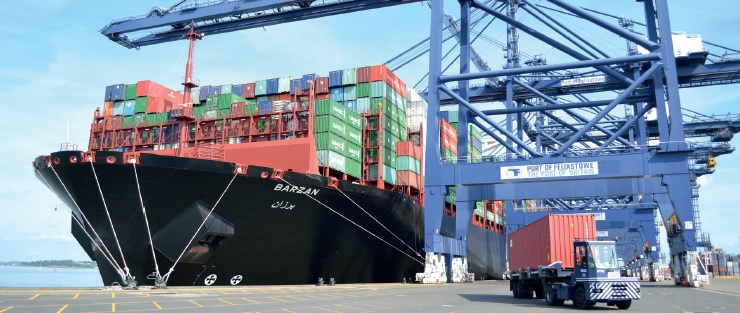On 17 January, 2017 the UK Prime Minister Theresa May announced that Britain will leave the customs union. Therefore all goods arriving and leaving the UK will require customs declaration.

Experts calculated an increase from about 90 million to 390 million declarations per year by 2019 as EU goods movements will be classed in the same way as imports and exports from third countries.
The current computer system used by HM Revenue & Customs (HMRC) is 25 years old and was designed to handle 50 million filings a year. Its replacement, scheduled to be ready by 2019, was designed to cope with 100 million. The gap between the expected declarations per year and the efficiency of the new system awaken the fear that the new computer system designed to handle customs declarations in the UK may not be able to cope with the strain.
HMRC announced that they are “prioritising the delivery of Customs Declaration Service (CDS) to make it ready by January 2019. For a period of time, during the cutover and migration phase, HMRC is planning for the two systems (Chief and CDS) to operate in tandem at the border. This would provide extra contingency should we need it, to ensure that the UK has a robust border declarations service.”
The government-industry body that oversees border issues, warned: “The possible reintroduction of customs declaration requirements and frontier controls could potentially cause major disruption at the border, particularly at the UK’s ferry/Ro-Ro ports and for trade using the Channel Tunnel.”
Article courtesy of Gabriela Dimitrova, FEDEMAC
Photo: Experts calculate a rise from 90 million to 390 million customs declarations after Brexit. Photo courtesy of the Port of Felixstowe.